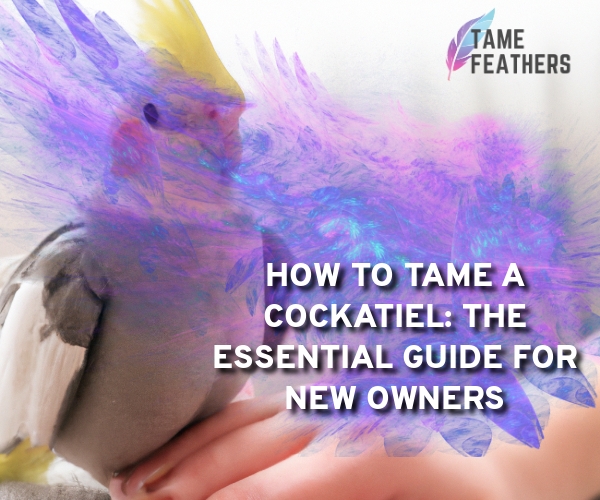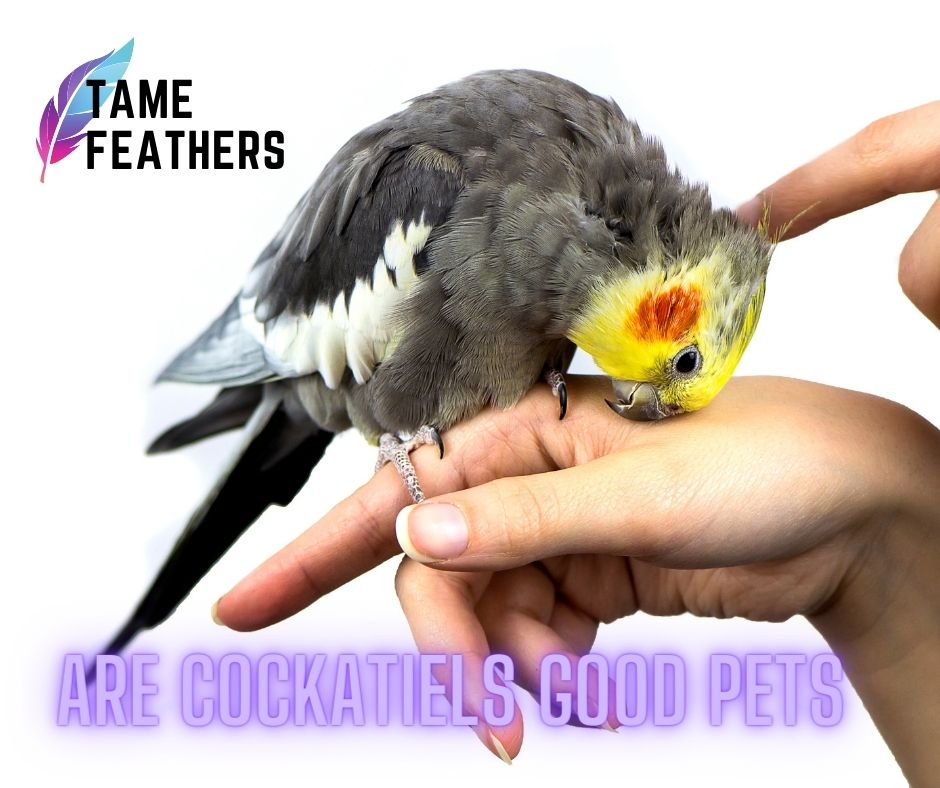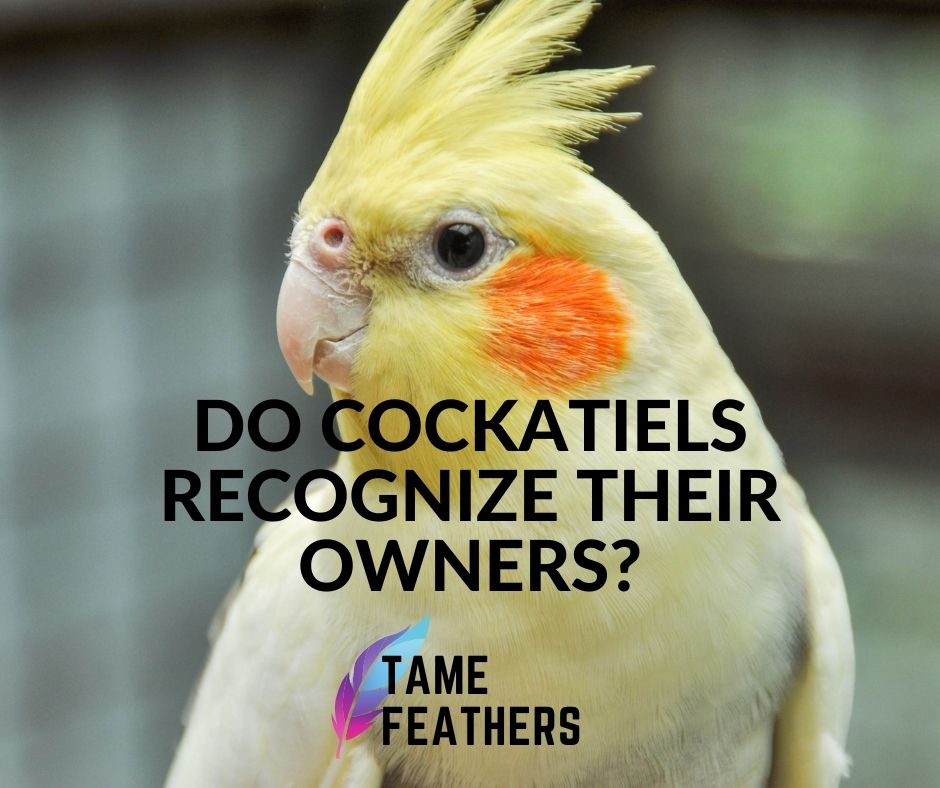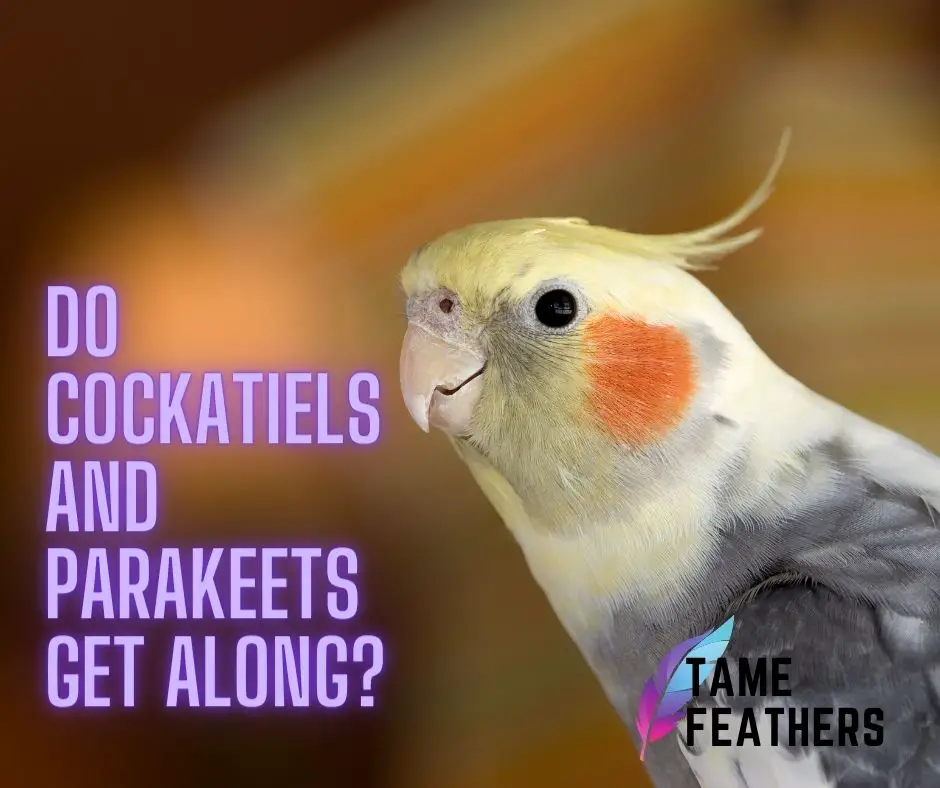Getting To Know Your Cockatiel
Cockatiels are a species of little parrot that are indigenous to Australia.These parrots make wonderful pets.
They are friendly birds who enjoy spending time with their owners and can quickly become devoted friends due to their outgoing and amiable nature.
Getting to know your cockatiel and being able to read its behavior is one of the most significant responsibilities that comes with having one of these birds.
There are a few things you ought to think about before you bring your new pet into the house, and they are as follows: Which characteristics do you look for in a companion animal? Are you seeking for a companion that will keep you active, or do you prefer someone who will take a more passive role? Do you have sufficient space to accommodate the cage in addition to the other supplies? When you go shopping for a cockatiel, using these questions as a checklist will help you make the right choice.
Understanding Behavior
After your cockatiel has become acclimated to its new environment, it is essential to begin familiarizing yourself with the manner in which it behaves.It is essential to gain an understanding of the way in which cockatiels communicate with one another through body language since these signals can inform us why your bird may be feeling anxious or uncomfortable.
Some common actions that show contentment include head bobbing, tail wagging, and beak grinding.
On the other hand, aggressive postures such as lunging or snapping may indicate that the animal is uncomfortable.
Building A Bond
Developing a relationship of trust with a cockatiel is the most effective strategy for domesticating the bird.It is best to begin cautiously by introducing yourself while delivering goodies such as millet sprays, and then gradually increase the amount of physical contact that you have with the animal over time.
Patience is the virtue that will serve you best in this situation; it takes time for any animal (even humans!) to develop trust, so do your best not to rush through this process, as doing so could cause stress on both sides.
It is also great if you speak softly around the bird so that they become accustomed to hearing human voices connected with positive experiences — eventually, this could result in them chatting back to you! There is a wealth of entertaining activities available, such as recreational games with ladders or toys, which assist in the development of self-assurance in birds as well.
Daily Care & Maintenance
In addition to cultivating positive relationships with our feathered companions, proper care must be taken on a daily basis to ensure the best possible health outcomes.This care must include the provision of proper nutrition, the practice of good hygiene, and mental stimulation and enrichment activities.
Nutrition
A meal consisting of high-quality seed mixes and fresh fruits and vegetables is an example of a diet that is considered to be balanced (such as apples slices carrot pieces).You should steer clear of giving anything sugary (like candy), since this will not provide any nutritional value, and excessive consumption of sugar can lead to obesity as well as other health concerns in the long run.
Hygiene Practices
As a normal component of our day-to-day preventative maintenance, we need to clean our birds’ cages.Regularly doing so helps prevent the transmission of disease among several animals that are cohabitating as well as eliminating odors generated by the buildup of droppings inside the enclosure’s walls, floors, and other surfaces.
For this task, you should wipe out the surfaces using a solution of warm water and mild dish soap, followed by a spray of disinfectant, and then you should let the air dry fully before putting the items back into the cage habitat.
Mental Stimulation/Enrichment Activities
We’ve all heard that being bored may lead to poor behavior, but many people don’t know how helpful regular interaction can actually be for the general welfare of their pet’s life.Activities that provide mental stimulation not only help keep birds’ minds sharp but also help form strong bonds between birds and their owners.
Some examples of these activities include playing hide and seek together, teaching tricks, setting up obstacle courses, and engaging toys.
Other examples include going for walks on nice days.





